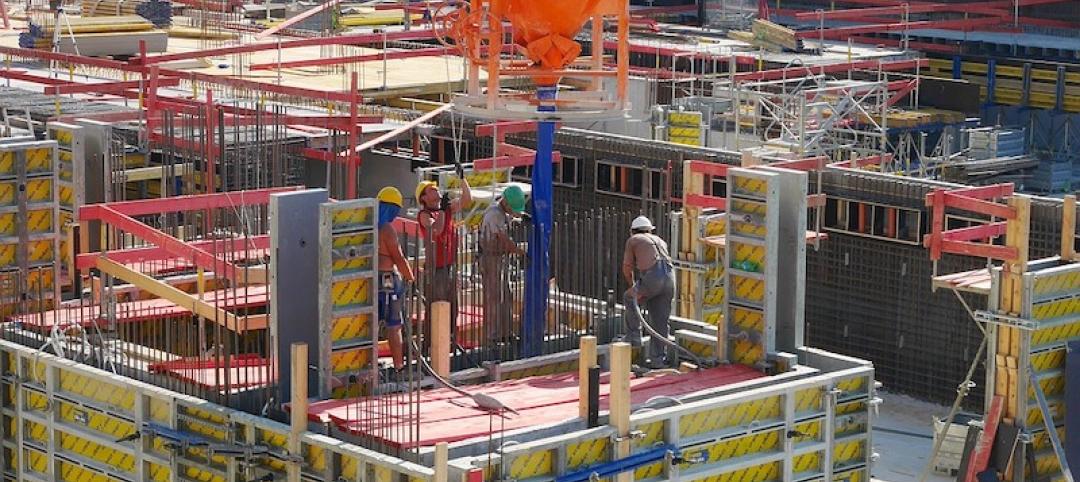Simulations of mass evacuations of buildings are inadequate, according to two European researchers, and resulting designs put occupants at risk.
Modern safety engineering aims to make it so occupants can exit a structure during a fire or other disaster before it collapses. But variables complicate egress simulations that influence codes and designs. “It depends on the building and the escape routes, but crucially also on how people behave,” the researchers write.
“The problem is that the simulations aren't good enough – that's what we have learned from detailed behavioral studies based on recent fires and terrorist attacks including 9/11 and the Mont Blanc tunnel fire of 1999 in which 41 people died,” they say.
Evacuees decide whether and when to start moving, in which direction, whether to respond to other evacuees, and which exit to use. “Each choice also depends on how various factors interact with one another. Is the decision maker bold or risk-averse? Is there smoke in the room? How far away are the exits? And of most interest for our research purposes, what are the other evacuees doing?”
“Herding” behavior, when large groups follow the crowd, is typically discouraged in designs; but safer alternatives may derive from understanding and possibly exploiting this tendency.
Related Stories
Wood | Jul 8, 2019
Campaign launched to promote ‘climate-smart wood’
The Forest Stewardship Council and other groups aim to help buyers understand and make it easier to locate lumber that meets sustainable forestry standards.
Urban Planning | Jul 8, 2019
U.S. cities experience ‘Doppler shift’ in walkable urban development
The walkability trend is spreading to urbanizing suburbs.
Codes and Standards | Jun 27, 2019
Construction workers need continuous skills upgrades
A report by Autodesk and Deloitte focuses on how workers can succeed in an automated world.
Codes and Standards | Jun 27, 2019
Updated standard for liquid applied flashing for exterior wall openings released
AAMA document establishes minimum performance requirements.
Codes and Standards | Jun 27, 2019
Public restrooms being used for changing clothes, phone conversations, and 'getting away'
About 60% of Americans use a public restroom one to five times a week, according to the latest annual hand washing survey conducted by Bradley Corporation.
Codes and Standards | Jun 21, 2019
Green Globes 2019 accepted as a revised American National Standard
Advances include language on resilience, life cycle cost analysis, moisture control analysis, health, and effectiveness.
Codes and Standards | Jun 14, 2019
Reports from Intl. Code Council focus on expanding use of shipping containers as building materials
Three companies show compliance for using containers for housing.
Codes and Standards | Jun 13, 2019
Report explores potential for rope-less and multidirectional elevators in tall buildings
Technology can enable cities to be more interconnected, efficient, and accessible.
Codes and Standards | Jun 12, 2019
USGBC-LA launches Net Zero Accelerator
Goal is to enable building tech market adoption for a net positive future.
Codes and Standards | Jun 11, 2019
BREEAM USA In-Use standard to be released this fall
Will expand to include residential and multifamily for assessment and certification.

















